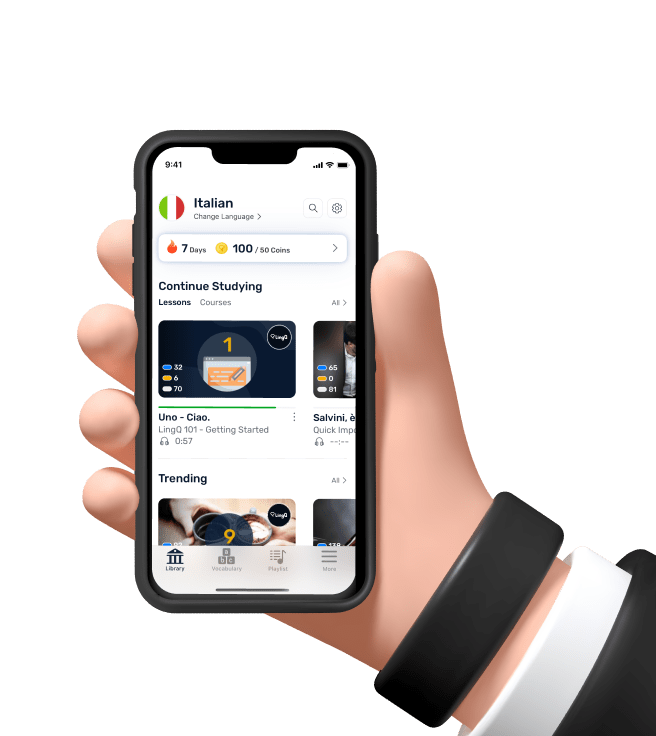Smart Startups Don't Try to Satisfy Every Customer
Let's face reality -- no one can satisfy all the people all the time. In business, this means an entrepreneur who never says no to any customer is doomed to a hard life and some expensive mistakes. Many people will argue that total customer satisfaction is paramount, but I'm a pragmatist who believes that treating everyone the same really means treating all of them poorly. For example, I have known several sincere technology entrepreneurs who were so busy adding and updating features for their product to satisfy early adopter requests, that they ended up with a bloated, hard to use, late to market and expensive solution which really satisfied no one in their primary market demographic. That's not a happy situation for real customers or the business. Related: Mark Cuban on Why You Should Never Listen to Your Customers
Thus, I have developed some guidelines that I believe will help you know when it's appropriate to go all-out for a customer, and know when it's better to say no with conviction and finality. 1. Everyone who expresses interest is not necessarily a customer. Everyone on your team needs to be trained to recognize prospects who match your target customer set. You can garner more goodwill by directing other prospects to the right business, rather than hard-selling them on your solution, or trying to bend your solution to fit their needs.
2. Proactively find the customers that you can surprise and delight. Use interactive social media and targeted marketing to go after the customers that you want and need. Those entrepreneurs who wait for customers to randomly find them will be disappointed by the match, and find themselves always playing catch-up with customers who don't fit. 3. Playing favourites is good business and good customer service. Your best customers are the key to your success, and they need to feel special and be treated special. No one wants to feel like one lost in a crowd. If a customer feels special, they will return more often, and will recommend you to friends. The result is a win-win deal for both of you.
4. Every business needs boundaries and discipline to deal with outliers. When a customer steps outside these boundaries, it's time to say no, with a logical explanation and no emotion. Just as you deal with wrong team members, it's sometimes necessary to fire customers who have stepped out of bounds or refuse to accept your help. 5. Focus on your core competency and beating competitors. When customers try to drag you away from your core expertise, it's time to say no. On the other hand, if it takes some extra effort to show customers how you stand out from competitors, you should say yes with conviction. Here is your opportunity to under-promise and over-deliver.
6. Don't be afraid to raise your prices as you add special services. Your best customers will appreciate new and special services, and will understand the need to charge for them. Bad customers will have less sensitivity to your needs and will likely move on to other commodity-priced alternatives. Help them find that new provider.
7. Eliminate services that you can't support well or are being misused. Simply say no to customer requests that you can't satisfy well on time every time. Every business learns from experience and reviews that certain offerings aren't working, but they hesitate to remove them for fear of upsetting existing customers or driving away potential new ones. The key to success in saying no is to recognize the wrong customers for your business before their expectations absorb more of your limited resources than they contribute. In the worst case, you can lose the right customers by redirecting your strategy and resources in an attempt to satisfy the needs of the wrong ones.
Successful businesses focus on satisfying and delighting the right customers and redirecting the wrong ones to the right place before they get hurt or hurt your business. Both of these objectives require that you understand the strengths and goals of your business, and your entire team is trained and motivated to achieve the same objectives.
Success is being able to say no to a customer -- and still have both of you walk away happy.

